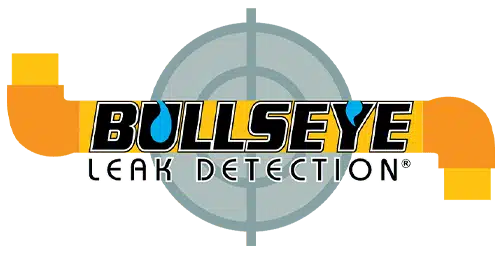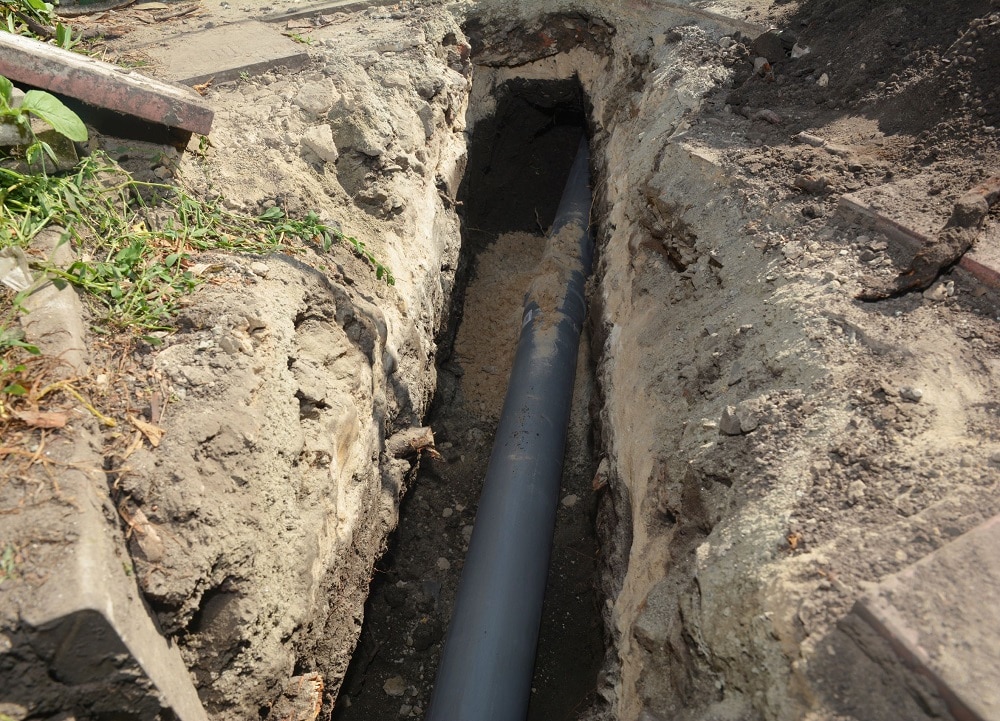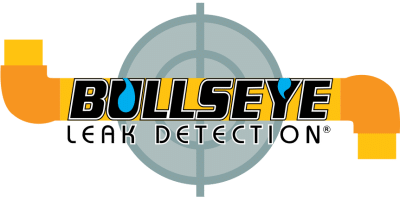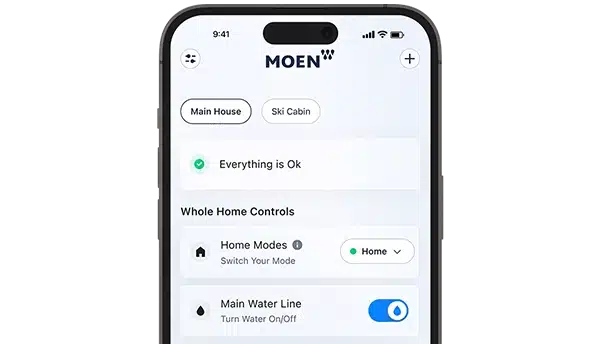In some cases, problems with your sewer line are due to poor construction, flushing the wrong things down the drains, or issues with the sewer line material itself. Homes of a certain age may be more likely to have sewer issues or a water leak in Sacramento simply because of the materials they were constructed with. Orangeburg pipe is one type of pipe that was used for a period of time beginning in the 1940s. Unfortunately, this type of pipe doesn’t last as long as many other materials, so if you suspect your sewer line has Orangeburg pipe, here’s what you need to know.
History of Orangeburg Pipes
Orangeburg pipe got its name from the town in New York that it was manufactured in rather than the pipe color. At the height of World War II, cast iron and steel were in high demand, so as part of the war effort, Orangeburg pipe was created by the Fiber Conduit Company and used as an alternative for sewer lines. It’s a bituminous fiber pipe that’s made from wood pulp and pitch with asphalt all pressed together. In essence, the pipe is like thick tar paper. Although the intentions behind Orangeburg were good, the results didn’t quite meet the expectation that the pipes could last 50 years.
Orangeburg Pipe Issues
Of course, the most obvious problem with this type of pipe is that it’s basically made of paper, and paper absorbs water. This results in the pipe losing its shape due to the moisture running through the pipes as well as the pressure of the soil surrounding the pipe. The pipe can even close off because of the layers that begin to peel away. In addition to dealing with potential blockages from the pipe deterioration itself, the pipe is susceptible to further damage from tree roots that can easily penetrate the weakened pipe and break it into pieces.
Determining if Your Home Has Orangeburg Pipe
Orangeburg pipe was used as a standard pipe material for a few decades. It started being installed in 1940 and was used in homes into the 1970s. That means that if your home was built during this time period, there’s a good chance Orangeburg pipes were used for the sewer. These pipes typically begin to deteriorate after 30 years, so if you do have them, there’s a good chance you’ve noticed issues. Frequent clogs of the main sewer line are common, and you may even see indentations in the yard where the pipe is deteriorating.
Other Signs of Pipe Failure
In addition to frequent clogs and lawn indentations, you’ll see other signs of Orangeburg pipe deterioration. You’ll probably experience a decrease in water pressure, sudden increases in your water bill, mold problems, or the smell of sewage in your house. If you notice these signs, you’ll need a professional to do a camera inspection and determine if you need water leak repair as well.
Addressing Failing Orangeburg Pipe
If you learn for certain that you have a failing Orangeburg sewer line, the best option is to have the entire line replaced. In most cases, the pipe has deteriorated past the point of possible repairs. Fortunately, replacing your sewer line doesn’t always require excavation. Trenchless sewer line replacement may be an option as well. To learn more about trenchless sewer line replacement or for help with a water line leak in Sacramento, CA, contact Bullseye Leak Detection, Inc., today.





